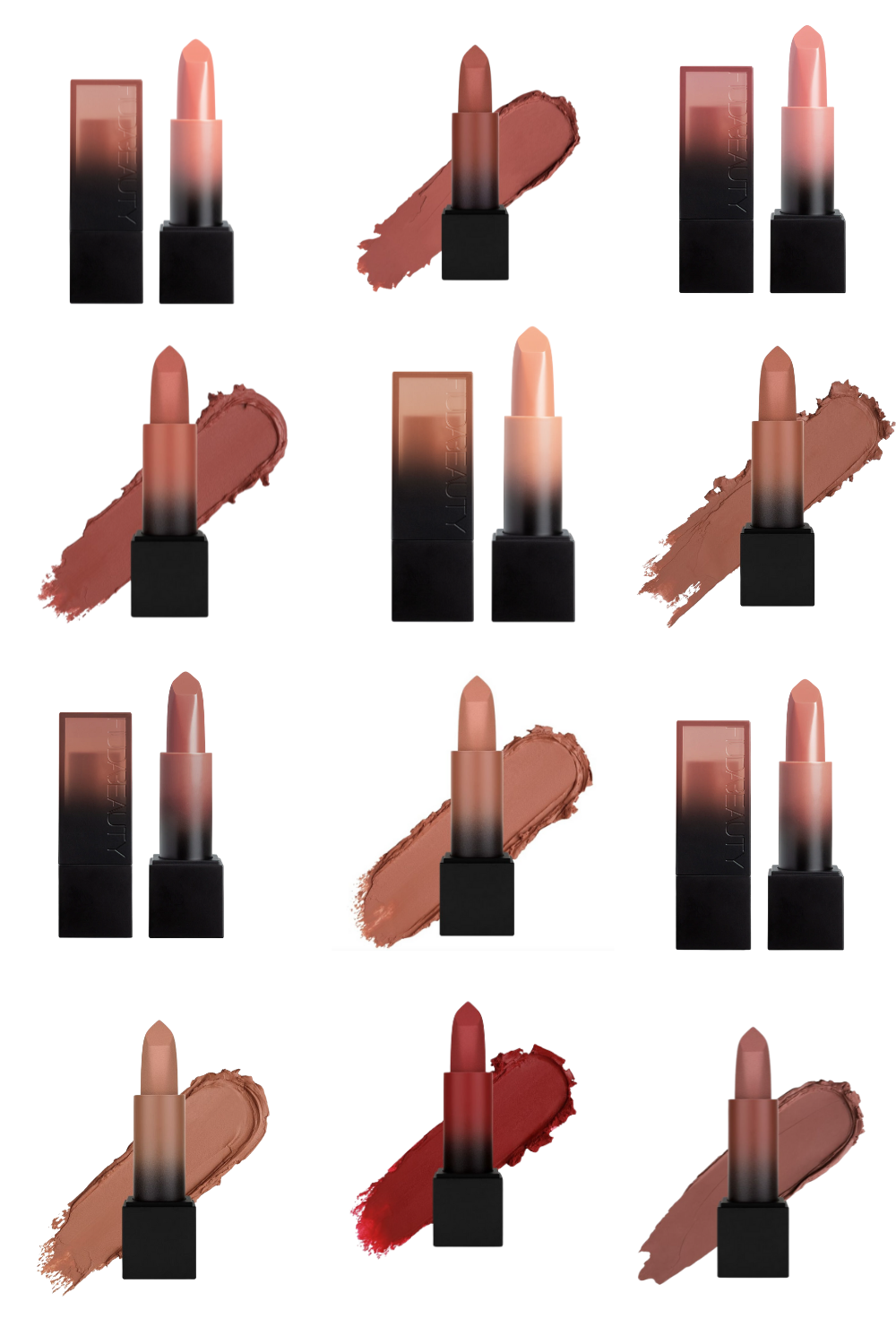Retinoids, Retinol, Retinaldehyde... What's the Difference and How Do they Work?
/My latest obsession is skin care. I have been testing and trying so many new things and know that I need to add some power-house products to my routine. Knowing what I do about Retinoids, I know this is the route I need to go. But, I, like many of you, are probably confused as to where to start.
 I went to Dr. Graf, whom is recognized as one the most distinguished dermatologists in the country, for some important info on Retinoids. As she is well known for her lifestyle and nutritional approach to skin care, I knew I was in good hands.
I went to Dr. Graf, whom is recognized as one the most distinguished dermatologists in the country, for some important info on Retinoids. As she is well known for her lifestyle and nutritional approach to skin care, I knew I was in good hands.
A little background on this class of skincare, retinoids: recommended by top dermatologists, Retinoids are the family of Vitamin A derivatives scientifically proven to help smooth fine lines and wrinkles and reduce other signs of skin aging by improving skin cell renewal and stimulating the production of collagen, the protein fiber that keeps skin firm and supple. And what an impressive family—Retinoids include OTC options retinol, retinal (also referred to as retinaldehyde) and retinyl palmitate; tretinoin (prescription-strength retinoic acid; brand names include Retin-A and Renova), isotretinoin (used to treat acne) and alitretinoin (used to treat skin lesions such as eczema). To tap into the anti-aging power of Retinoids, it’s critical to know which form is best for your skin type—and how well you tolerate it.
Dr. Graf gave me a comprehensive overview of the various options within the Retinoid family. She said that prescription-strength retinoids deliver the fastest results but are often the most irritating. OTC choices include retinol, which is gradually converted to retinoic acid, the active ingredient in prescription formulas. Because the conversion is gradual, retinol is gentler than prescription-strength formulas. However, retinol is the most effective OTC retinol as it readily penetrates the skin. Retinaldehyde is gentler, but also proven to be a highly effective non-prescription choice. It is the immediate and closest precursor to retinoic acid.

Available in Eau Thermale Avène Rétrinal+ 0.1 (which I am actually testing right now) and 0.05 formulas, it’s clinically proven to significantly reduce the appearance of fine lines and wrinkles with little to no irritation—making it ideal for even the most sensitive skin. Retinaldehyde combined with 5.5% unbuffered glycolic acid for optimum exfoliation powers a product like Glytone's Enhance Night Renewal Cream.
Even if you’re considering getting a prescription, dermatologists often recommend building skin’s tolerance by starting with a non-prescription formula, either OTC or doctor-dispensed. When might a prescription for retinoic acid, such as Retin-A or Renova, be recommended? Only your dermatologist can advise. For example, you may have serious sun damage or may be coping with a stubborn case of adult acne. A Doctor can tell you what percentage of retinol or retinal to look for in OTC products in order to reap optimum anti-aging benefits; what time of day and how to apply your Retinoid product; and what skin care formulas are most compatible with Retinoids. For example, Retinoids leave skin more vulnerable to sun, making a daytime moisturizer with SPF 15 or higher a must. And harsh, potentially irritating products such as alcohol-based toners should be eliminated from any regime including Retinoids. There is definitely a lot to consider.
It looks like I will be making a much needed dermatologist appointment. Do you use Retinoids? What has you experience been like? I will definitely keep you updated on my findings and results.














